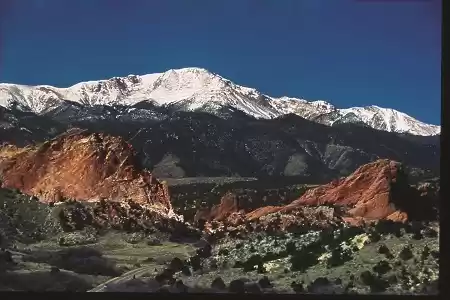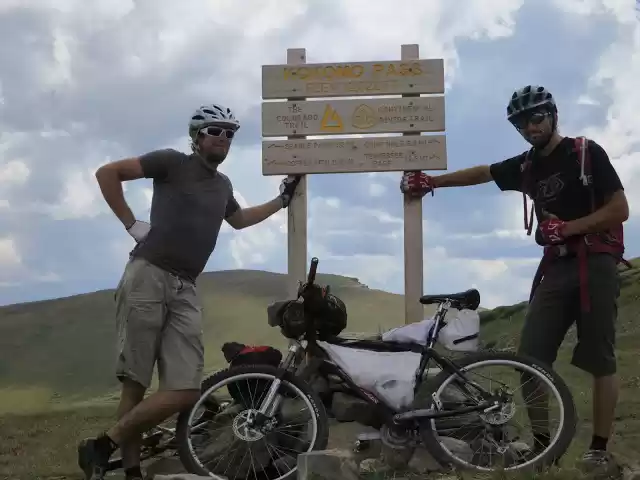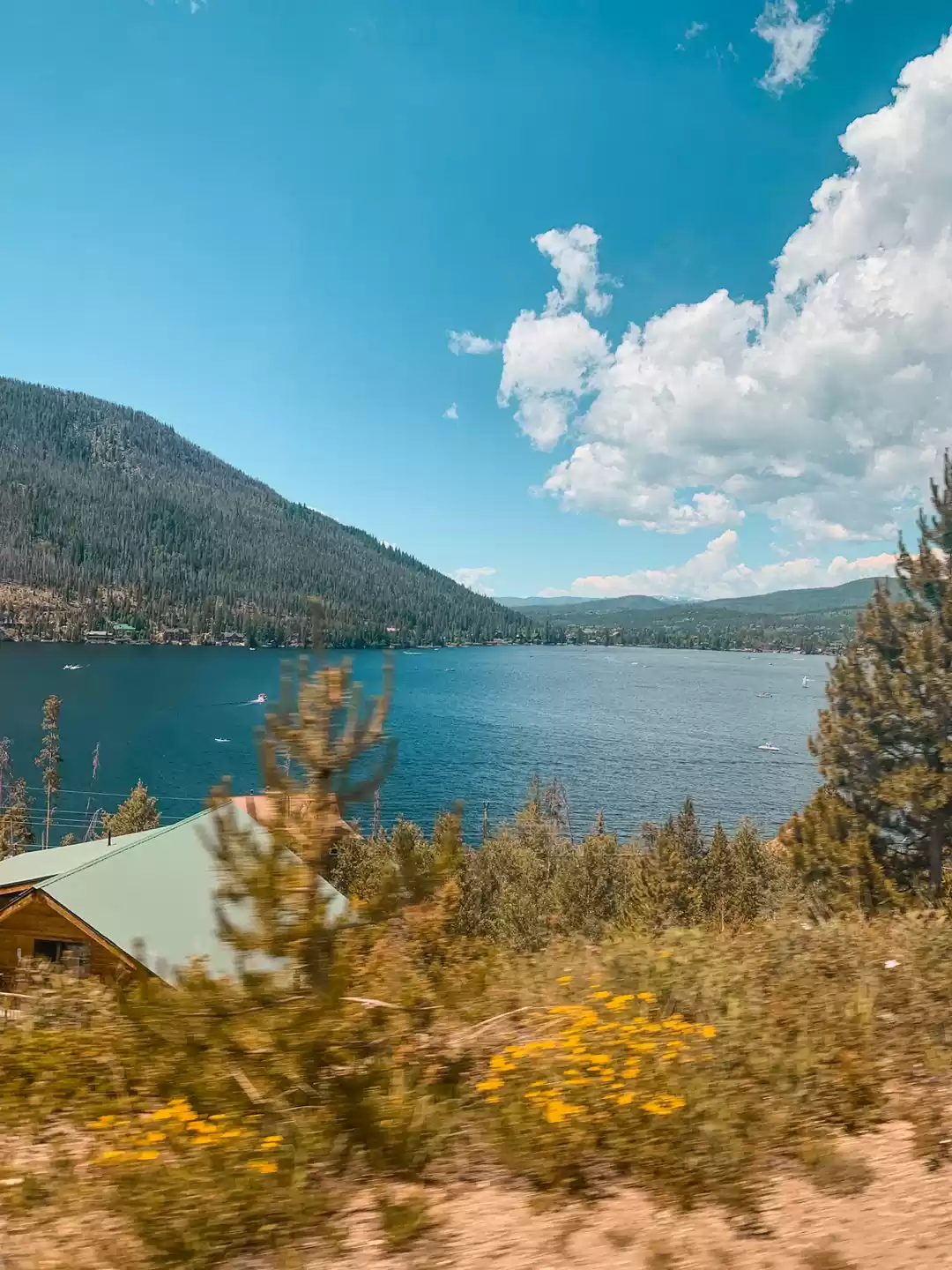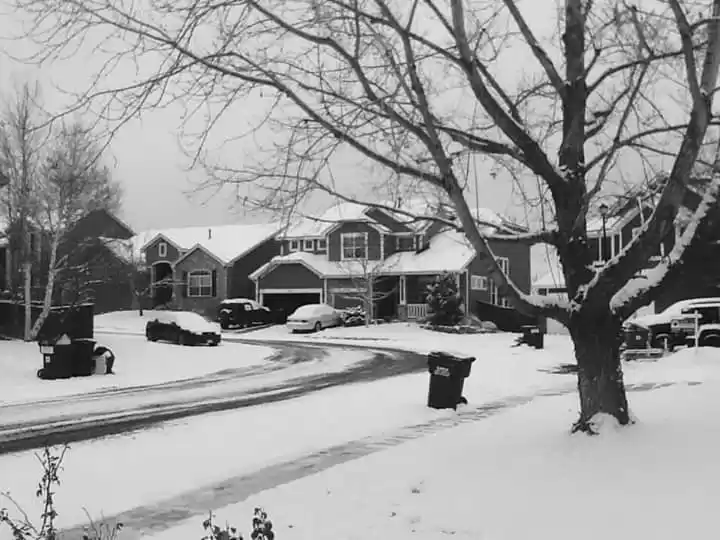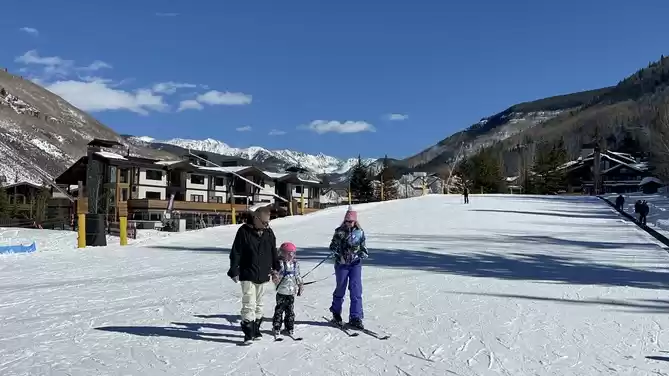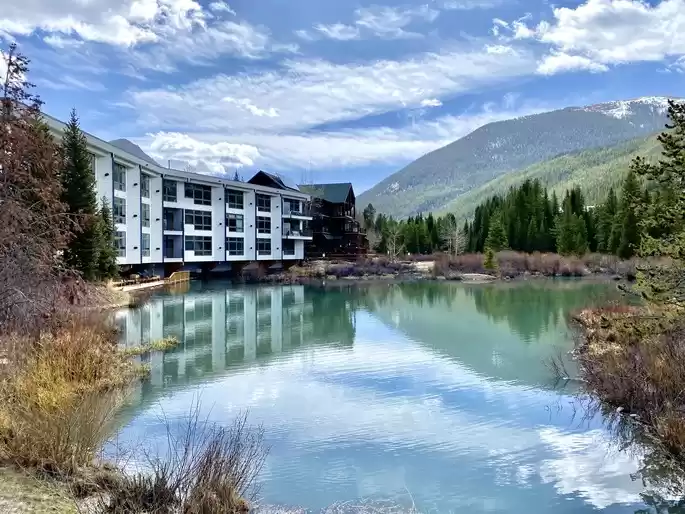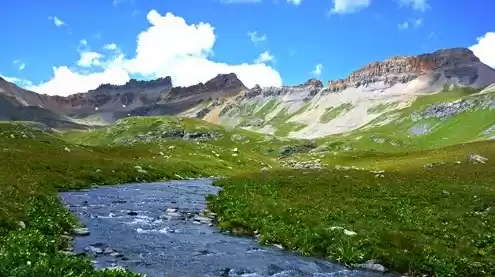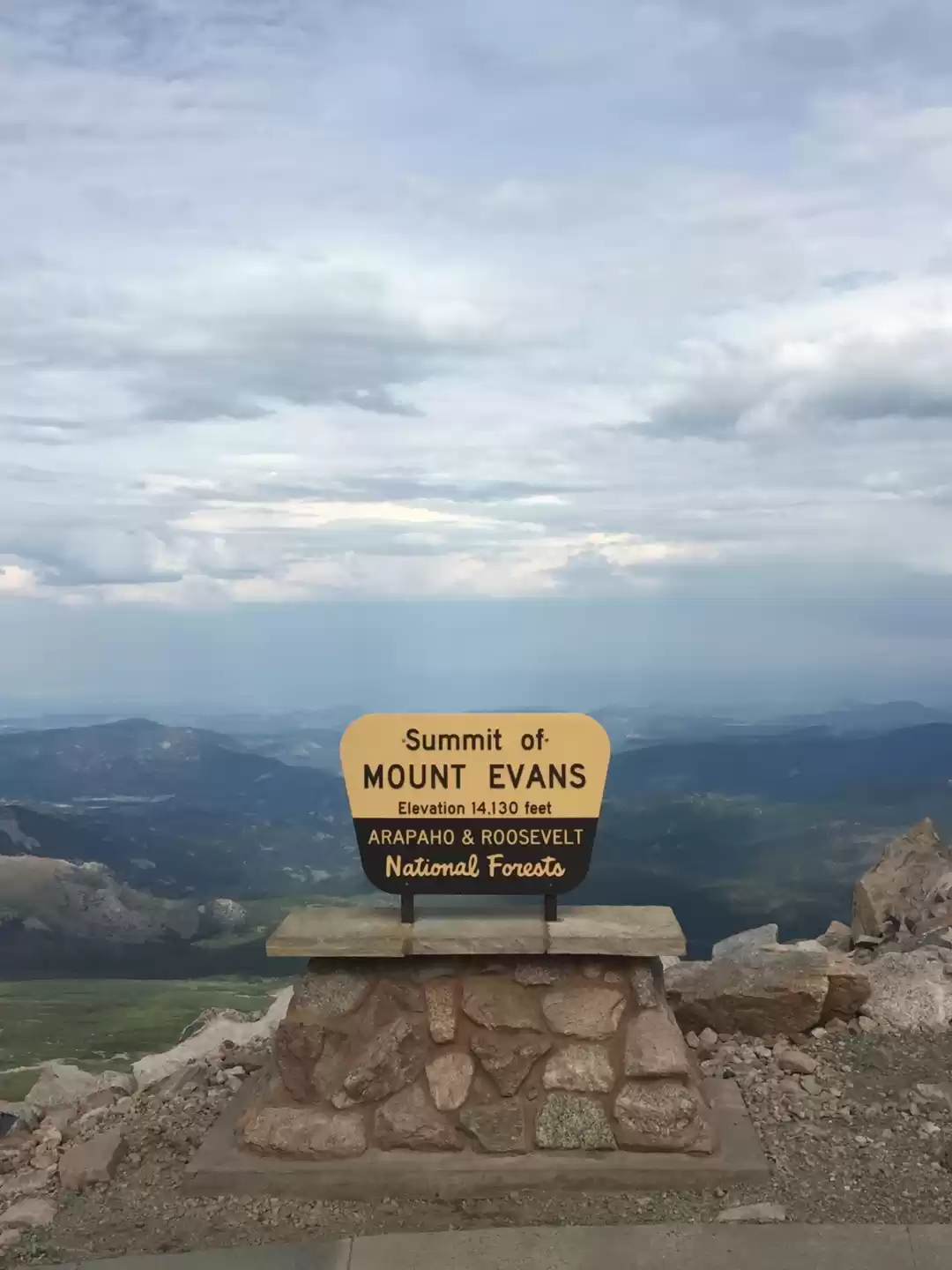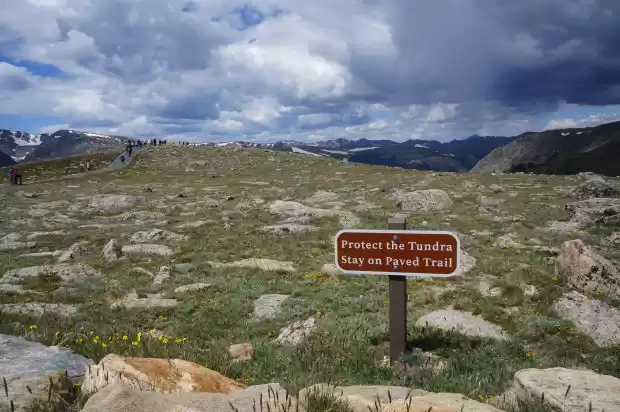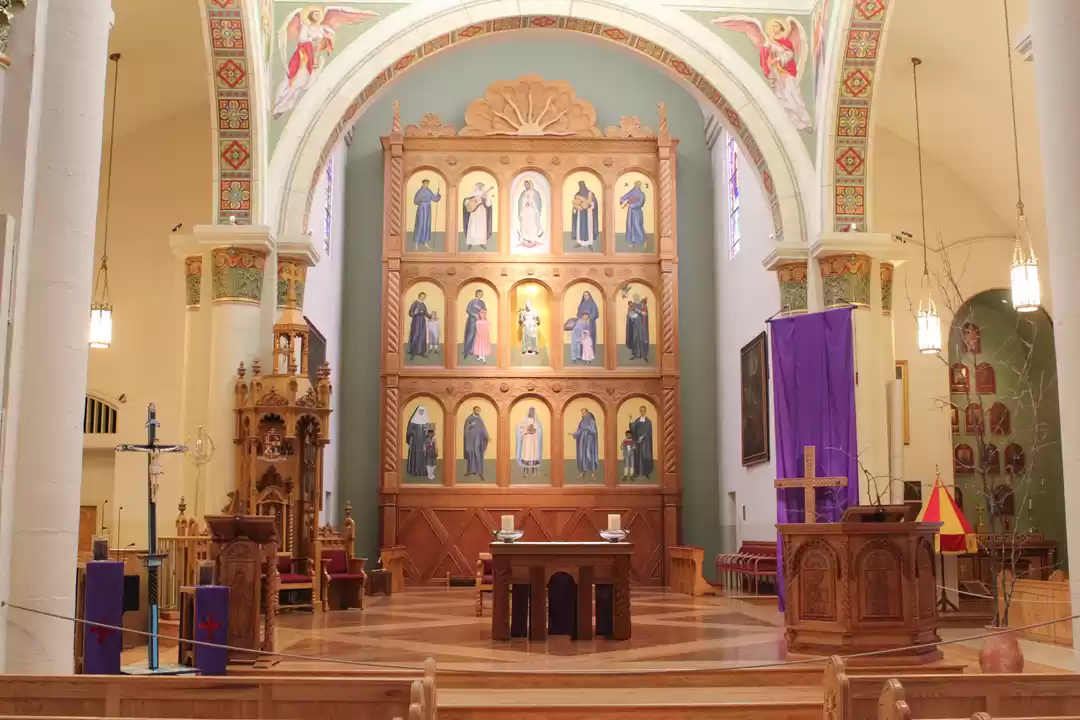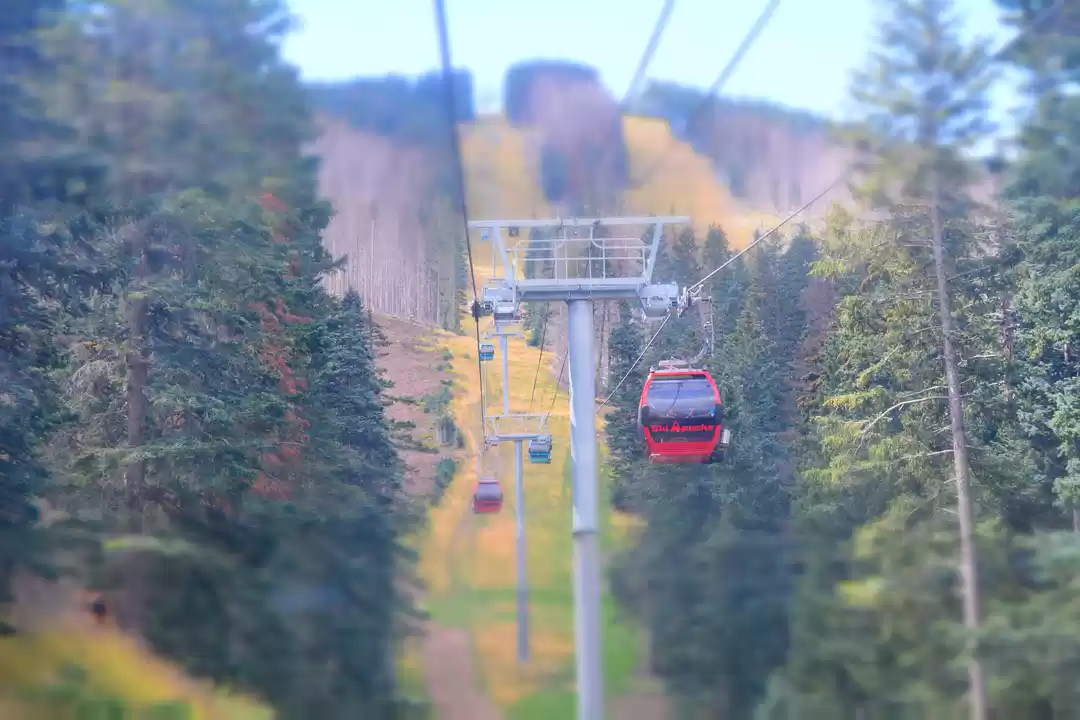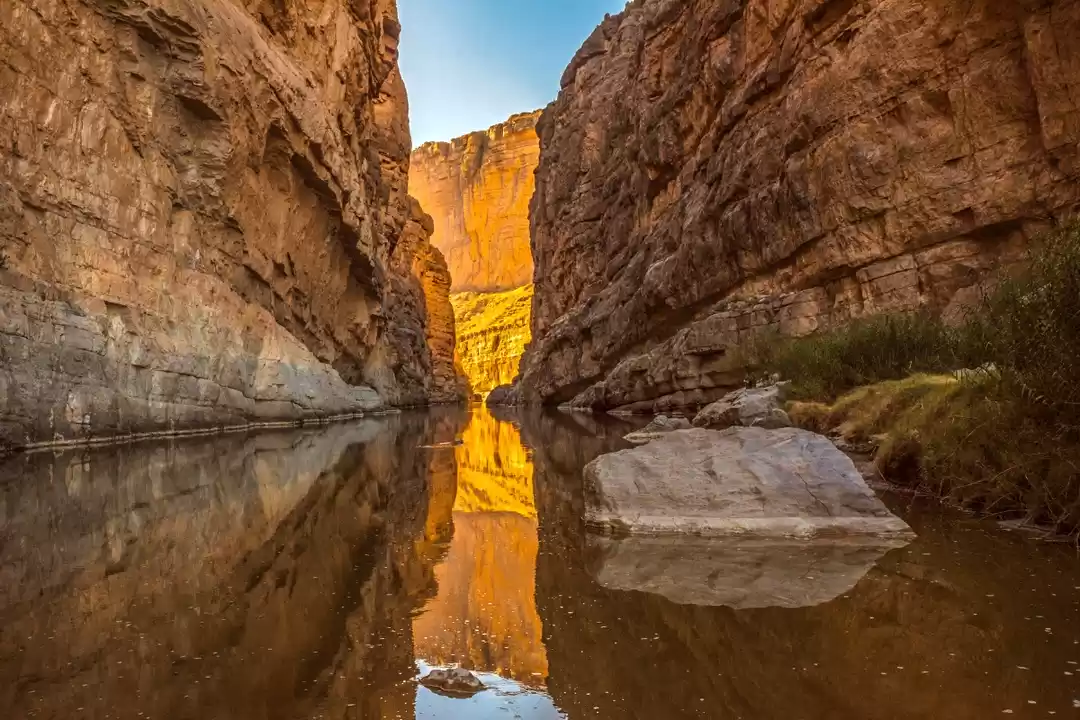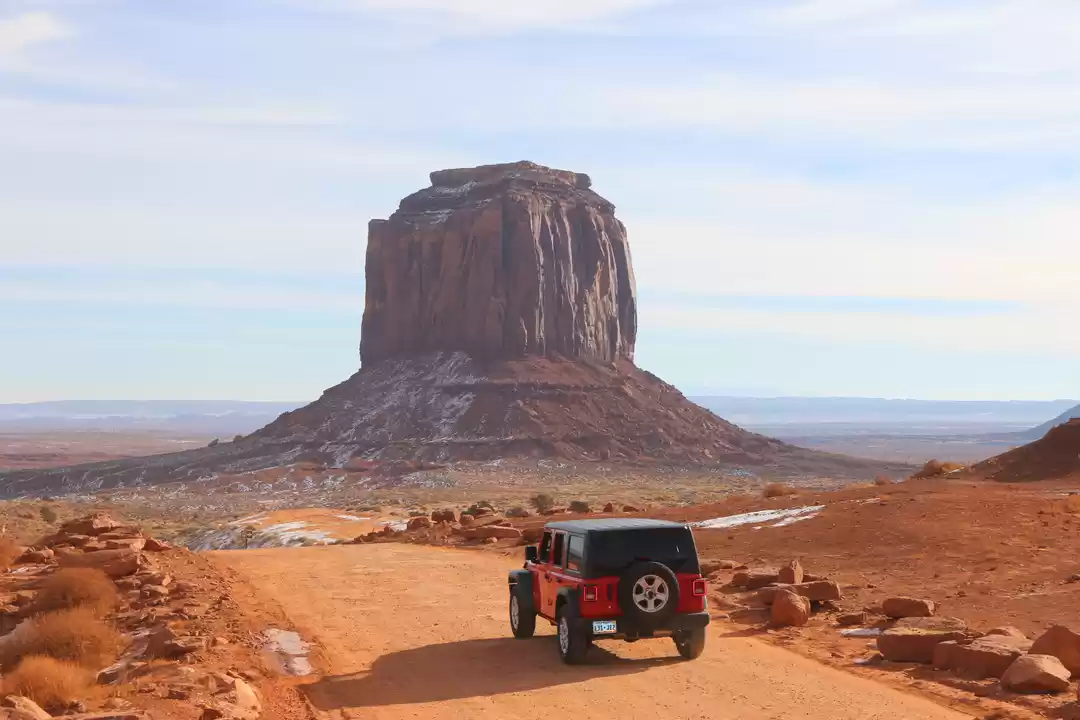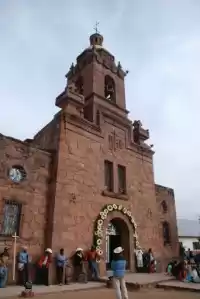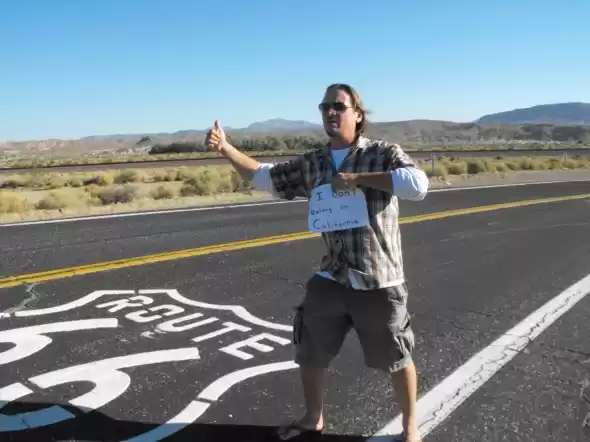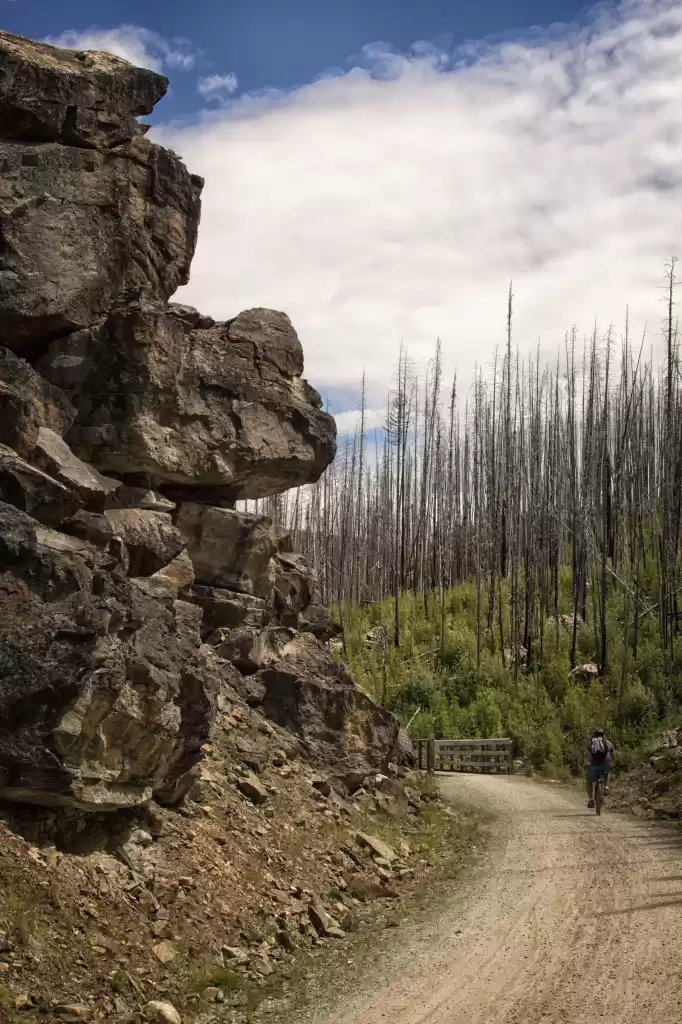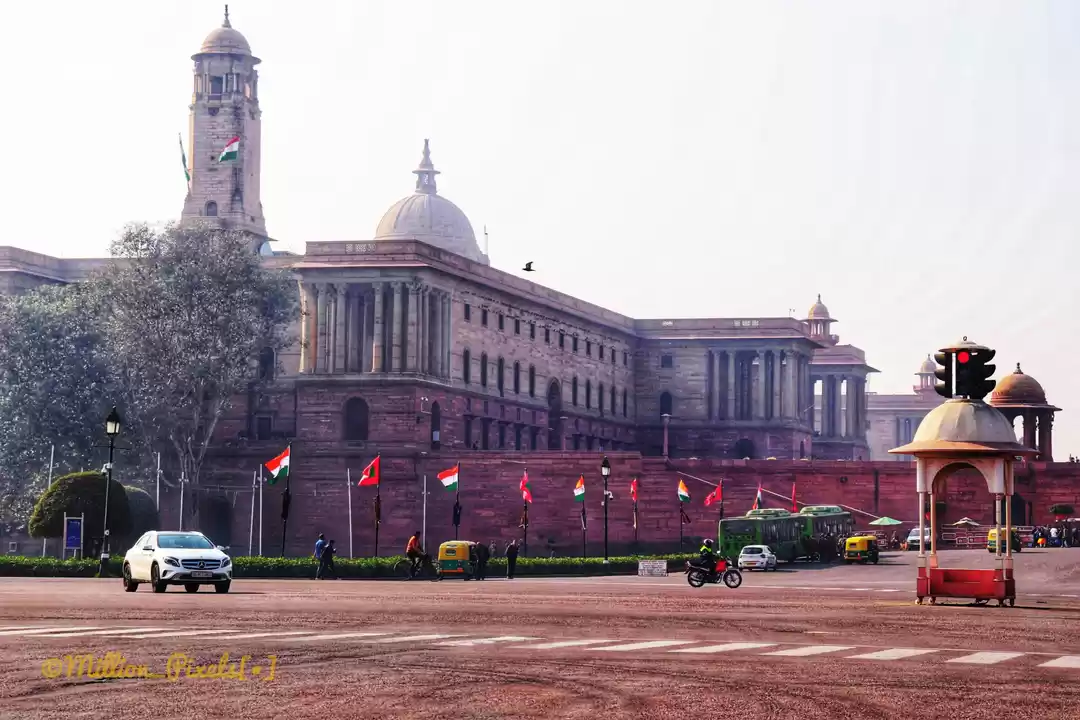










Bandelier National Monument is located just outside of Los Alamos, New Mexico and makes for a great day trip when visiting nearby Santa Fe. The indigenous people that lived in the area dating back some 10,000 years, enjoyed the rugged arid landscape due in part to the the flowing streams and beautiful canyons.
Many of the ruins in Frijoles Canyon have been excavated, studied and preserved. The main loop trail from the visitor center passes by several types of restored dwellings, many of which welcome visitors to explore. There are miles of trails, some are even paved to make a few of the sites more accessible. The highlight of the park for me was the trek to the “Alcove House,” which was about a 4-5 miles round trip, then required a 140 foot climb up a four tier series of ladders. This climb is not for the faint-of-heart. I however find these things extremely exciting. Unfortunately there was some sort of filed trip of kids at the park and I got caught in some pretty good congestion climbing both up and down. Once reaching the top tier you enter a massive cliff dwelling with sweeping views of the canyon below. There was also a kiva (an underground ceremonial structure) at the top, which visitors are allowed to enter and explore.

I’ve been to Santa Fe, New Mexico on several occasions, each time I visit I find something new to explore. Santa Fe is a small community rich in history and culture, dating back some 400 years—its so distinctive that it has its own well-known style named for it…”Santa Fe Style.” The colors, textures, tastes and smells of Santa Fe are bright, vibrant and inviting.
Santa Fe is a mecca for the creative, 100s of galleries, world-class museums, fantastic culinary scene—when you’re there, you can’t help but feel its overwhelming energy…it’s a feeling that envelop the soul. While visiting Santa Fe, I would recommend taking an open air tram ride…this will give you a good overview of the downtown area and will allow you to get a lay-of-the-land so that you don’t end up walking in circles. You’ll also be able to take notes of the spots you want to go back and further explore.

Coming from Santa Fe, I was working my way through New Mexico. Chaco Canyon is located in the northwester part of the state, near the “Four Corners” area. The elevation is around 6500′ and so the weather this time of year was absolutely perfect, maybe 80 for a high and 50s for a low. As I neared the area of Chaco, taking several remote county roads, I began the arduous drive down a rough dirt road. I knew I was in the right area, going in the right direction, but kept questioning how there could be a national park in an area this seemingly inaccessible. After arriving at the visitors center, I learned that the road is not paved for a reason…they intentionally want to minimize the amount of people in the park to help preserve it. It was a fairly rough journey, even in my four wheel drive truck, but let me tell you…so worth it.
Chaco Canyon is a special place for many reasons. For one, it’s not that popular, so it’s a joy to explore without being inundated by crowds or traffic. One of the reasons for the lack of tourists, as I mentioned, is the dirt road as you approach the park, however once inside Chaco, all the roads (except for the camp grounds) are paved. Chaco is remarkable for its multi-storied “Great Houses,” ceremonial structures and distinctive architecture. The buildings of Chaco required considerable planning, designing, organizing of labor, and industrious engineering to construct. It’s a marvel like nothing I’ve seen before. It’s also feels like a very spiritual place…very peaceful.

I arrived in Chama late afternoon and stopped by the train station to pick up my tickets for the next days’ 10am departure en route to Antonito, CO. When I arrived at the Cumbres/Toltec station, I could immediately see why my buddy was so enthralled by this railroad. For starters, there is a lot of moving (and non-moving) stock on various lines for visitors and train enthusiasts to enjoy. Secondly, this authentic, narrow gauge, steam-operated railroad is one of the last remaining remnants that showcases just how the west was won. Built in 1880, the Cumbres/Toltec was part of the San Juan extension of the Denver & Rio Grande Railroad. Today, it offers visitors a spectacular scenic journey through the San Juan Mountains and Toltec Gorge. The entire 64-mile journey from Chama to Antonito will take you through a remarkably diverse landscape that consists of majestic canyons, dense forest, rolling hills, plateaus, pastures, expansive plains and arid vistas. After getting my train ticket, I made my way directly across the street to check in at the Parlor Car Bed and Breakfast. This B&B is owned/run by Bonsall and Wendy, a lovely couple who enjoy the train as much as they do the various visitors who stay with them. As a matter of fact, Bonsall is a volunteer docent and rides the train one or two times per week providing passengers with an interpretive background on the railroad’s history. As we left the Osier Depot, we soon entered a tunnel bore out of the rock-face cliffs…one of two tunnels the train would go through during its journey. The second tunnel was long enough, with just enough bend to create a few moments of complete darkness—I even tested it by putting my hand in front of my face. Sure enough, no light reflected in order for me to see my five fingers waving back at myself.
The second half of the journey to Antonito offered some dramatic curves in the track that allowed us all to take pictures of the engine and steam car. It’s quite a sight, and, an engineering marvel of the day to have steam powered by coal pull the heavy loads up and over this dramatic set of passes. As a matter of fact, one section of the track has a 4% grade, which for an automobile is no problem, but for a train…it’s quite a big deal.
After we crossed the New Mexico and Colorado borders eleven times, and passed by Whiplash Curve and Lava Loop, we were on the home stretch to the station in Antonito. From a peak elevation of just over 10,000 feet at Cumbres pass, to 7,888 feet at the Antonito station, the terrain changes dramatically. Instead of tall Pine and Aspen trees, the flat vista in front of us was arid, or high plains desert. As I learned the next day from the drive back to Chama, just a few miles away the terrain turns back to forest.

In Antonito I had reservations at the River’s Inn Bed and Breakfast. The owner/innkeeper (Ursula,) told me to give her a call when the train got in and she’d come pick me up. At first I thought it was because I was a VIP, but come to find out, it’s a service she offers all train riders. The B&B is certainly within walking distance (about half a mile or so), however if you have luggage and your car is at the other end, it’s nice to know that someone is willing to pick you up.
Ursula was kind enough to give me a quick tour around the small town of Antonito. To be honest, there isn’t much to see or do right in town, but there are a few interesting sights. For starters…if you go, you have to check out “Cano’s Castle.” This extremely odd, yet creatively unique home, was built by a Native American Vietnam Veteran. One might assume that Cano did not come back from the war in the same state in which he left—anyone who would build such an odd structure, has to be, well, a bit odd himself. Nonetheless, Cano has created a structure that continues to inspire a community, while captivating onlookers. Some might call “Cano’s Castle” Antonito’s, “Ball of String, “ or “Cadillac henge,” two other odd creations that attract visitors by the thousands.

The most refined place in Antonito’s has to be Ursula’s “River’s Inn.” This 1907 home was restored to its glory back in 1999, showcasing beautiful hardwood floors, wonderful craftsmanship and a porch beckoning its use. There are four rooms to choose from, each with a distinct look and feel. Ursula hails from Switzerland, and in an attempt to share some of her heritage with guests breakfast is prepared more European style.

As a road tripper, I try to stay off the interstates and main highways…discovering El Morro is a perfect example of why I do this. Located in west central New, Mexico, along an ancient trail off highway 53, is this historic site that was once home to 1500 Zuni Indians from about 1275 to 1350 A.D.
El Morro National Monument is a wonderful example of why New Mexico is known as the Land of Enchantment. The area is surrounded by soaring sandstone bluffs that rise more than 200 feet from the valley floor. After a leisurely hike, you’ll reach the summit of a mesa where you’ll discover a fascinating mixture of both human and natural history, which includes the remnants of a pueblo that housed Native Americans who once inhabited the area. If you keep your eyes open, you’ll run across a number of petroglyphs (images carved into the sandstone). The softness of the sandstone made it easy for the early people to carve pictures and symbols into the rocks. Today, the park protects over 2,000 inscriptions and petroglyphs, as well as the Ancestral Puebloan ruins.

The market began with just a handful of farmers in the late 60s and is now New Mexico’s largest farmers’ market with over 150 active vendors, featuring hundreds of different agricultural products. The Santa Fe Farmers Market is truly a local market…they take great effort to assure that all the products sold by vendors are always locally grown by the people selling them. When I was at the market on a Saturday in late spring, the entire Railyard Park was bustling with people, street performers and vendors selling an array of colorful produce and handmade goods (see video). There are also many nearby galleries, shops and restaurants for visitors to enjoy. Located right across the street is the Santa Fe Sage Inn, the place I stayed. This modest hotel is very affordable, walking distance to just about all the Santa Fe attractions, and, offers a number of free amenities.

If you’re looking for one of the most affordable hotels within walking distance to all the main Santa Fe sights and attractions, look no farther than the Santa Fe Sage Inn. The Santa Fe Sage Inn is located directly across the street to the newly developed Railyard Park, which has an array of shops, restaurants, art galleries and events…everything is so close that you’ll never have to get in your car to explore. The Santa Fe Sage Inn has 155 rooms, with two accommodation levels to choose from, standard and superior—each has two configurations available, king, or double queen. There isn’t a lot of difference between the standard and superior, but the superior rooms do have a mini fridge and full length mirror, along with some decorative trim that sets them apart. There are a number of free amenities included in your room stay…for starters, there is a free shuttle to downtown (six blocks away) that runs each hour on the hour. Additionally, there is a 24-hour fitness room, laundry facility, pool, free wi-fi and a free “sunshine” breakfast each morning. I was particularly impressed with how friendly and accommodating the staff was…they really go out of their way to make sure you feel comfortable and make sure you have everything you need for an enjoyable stay.

The El Farolito is conveniently located in the heart of Santa Fe, New Mexico and is within walking distance of many of the area’s attractions. You’re just minutes from the historic Central Plaza in one direction, in another…the newly developed Railyard, which has become a community focal point. Both areas are full of world-class restaurants and shopping. Art lovers will rejoice with the plethora of museums and art galleries, also within walking distance of the B&B.
When you first arrive at El Farolito, you feel as though you’re entering an authentic Santa Fe style compound, and in fact…you are. Several of the adobe structures on the property predate statehood, which was 1912. Not to worry though, the entire property was renovated and additions constructed in 1991.
Each of the eight rooms is distinctly furnished with local, handcrafted furnishings. The walls are adorned with original artwork, much of which is also represented by local artists. Those who desire private accommodations will really appreciate El Farolito, all of the suites have separate entrances and many even have their own secluded patios (half have shared patios) in which to enjoy a morning cup of coffee. Seven of the rooms also have real-wood burning fireplaces…one comes with gas (note: use of the wood-burning fireplaces are seasonal).



